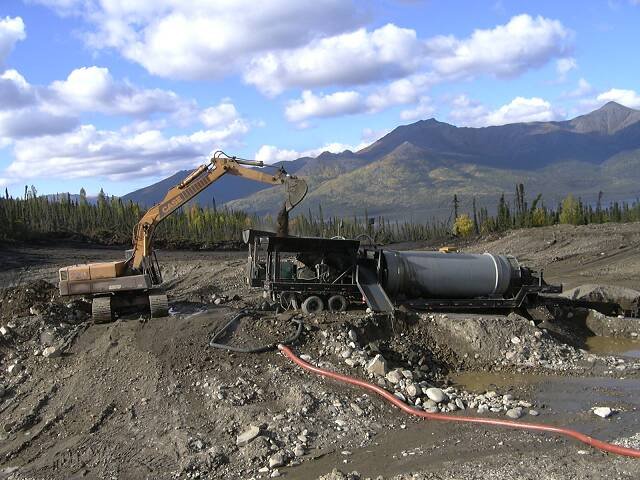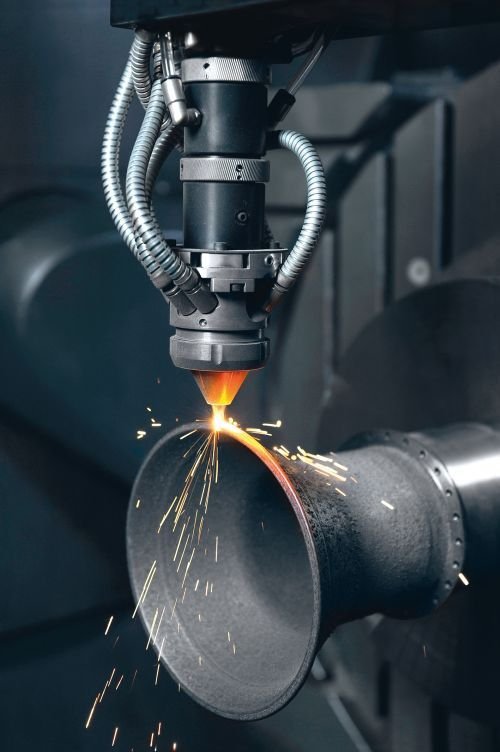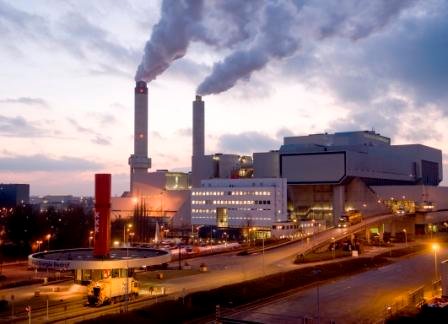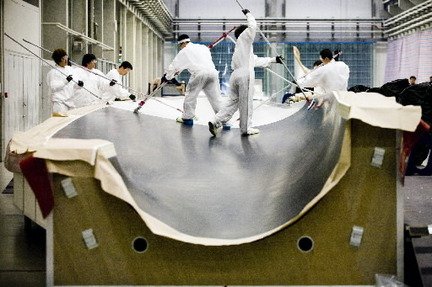Manufacturing price - how it is derived and why it harms the environment (ecology)
The manufacturing price is directly related to how much harm to the environment was done with manufacturing that product.
In the previous post I talked about the market margin, how it is derived and how it affects us. I also mentioned that the end price depends on the manufacturing (production) price. In this post we’ll see how the production price is derived and why it is a direct indication of the ecological imprint left with manufacturing the product.

Deriving the production price
The production price of a product is the total cost of making that product. This means the cost of ‘’raw’’ ingredients, the cost of human labor, the cost of support infrastructure, development costs, tooling costs and the costs of spent energy (electricity, oil, etc.) plus the costs of disposing of toxic waste.
The sum of the above is called the production cost but it is not the price discussed in the previous post to obtain the price the retailer pays, the producer multiplies it with a certain factor. This factor is usually between 1.2 and 1.5. It ensures the producer has a profit with which he can expand/modernize his services or cover potential previous/future losses. Because this factor is not as high as the market margin the producers are more liable to crisis and thus more people lose their jobs in production when markets collapse.

Production price reflects the ecological footprint of the product
3 of the above categories are relevant for this
costs of spent energy
tooling costs
costs of disposing of toxic waste
Costs of spent energy are i think pretty self-explanatory. They contain the monetary value of all electricity and/or oil which means that depending on where the product was made we can calculate the amount of greenhouse gasses that were released in the process of making it.
Tooling costs are the costs of all tools and equipment used for manufacturing that product. That means the molds, drills, blades, maintenance costs of machinery etc. Each of these is a product in itself which means we can calculate its ecological footprint as per the first point.
The costs of disposing of toxic waste includes lubricants used for the molding/stamping process and coolants used during cutting/drilling/milling. These often seemingly harmless substances can be extremely ecologically unfriendly (toxic) and thus must be burned at extremely high temperatures in order to break down to harmless elements.
This process requires a lot of energy which means we can calculate its ecological footprint as per the first point.

#### Example:
A humble fork requires us to move tons of earth to obtain iron ore. - this in turn requires a lot of oil to power the machines and even more oil to first build those machines.
Next we need to extract iron from the ore for which we need to break down the rocks and hit them a very high temperature and for both processes we need energy.
In order to purify the metal to obtain pure iron we need to add certain chemicals which again require energy to obtain and then more energy to dispose off in a way least harmfull to the environment.
Then we need to transport the iron ingots to a factory which makes steel sheets. Guess what we need? Lots of fuel…
At the factory the ingots are melted and added additional elements (carbon, manganese, etc) to create stainless steel. The heating process as well as the process of obtaining the additional elements again require more energy.
The hot steel is then pressed and rolled into ever thinner sheets (yes, energy) and for the thinnest sheets lubricant is needed which then needs to be disposed off as mentioned above.
Cold sheets are then stamped/cut into pieces resembling your average fork. They undergo final shape tweaking and sharpening and this is usually the end of the most energy demanding processes.
Of course they still need to be packaged and delivered to a retailer.
I hope i made the energy consumption PAINFULLY obvious. And i hope it is now understandable how energy consumption drives the price of products.
Exceptions
As we said in the beginning the manufacturing costs are multiplied by a certain factor to obtain the wholesale price. This factor is not arbitrary. It reflects the manufacturing difficulty of the product as this factor is higher if the defect rate of the product is higher (the number of defective/malfunctioning products at the end of the production process). This represents the amount of energy which was wasted.
But there are of course exceptions. Products which cost much more than 1.5 times their production costs. These are things which can command a high premium price either because the market provides no competition or because they fashionable/luxury products. Such product are able to command almost any price premium not just in wholesale price but also in retail price. Just think of Apple and Swarowsky or Rolls-Royce cars.

Final word
I know some wiseguy will now start going on about how all the energy can be clean if we use solar panels or wind turbines… but the fact is that currently both technologies can barely produce as much energy in their entire lifetime as it was consumed in their construction. If we also account for imperfect working conditions and mechanical failures (or weather induced damage) they on average produce less energy than was consumed for their construction.

All photos are Public Domain.
picture sources:
Good work keep it up
Will try. Thanks :)
Good content 👍
Thanks man, appreciate it :)
upvoted
Thanks, reciprocated and followed
Excellent stuff! Looking forward to more from you! :)
Thank you. There will be one more business oriented post on Thursday, after that i'll make a few posts on other topics.
Thank you for your support :)
In economics, price is supposed to be determined by the forces of demand and supply
Well it is to a point, but you can't ignore the expenses and risks hence they dictate the better part of the end price. Demand&supply ratio is factored in later after all other things have been "accounted" for.